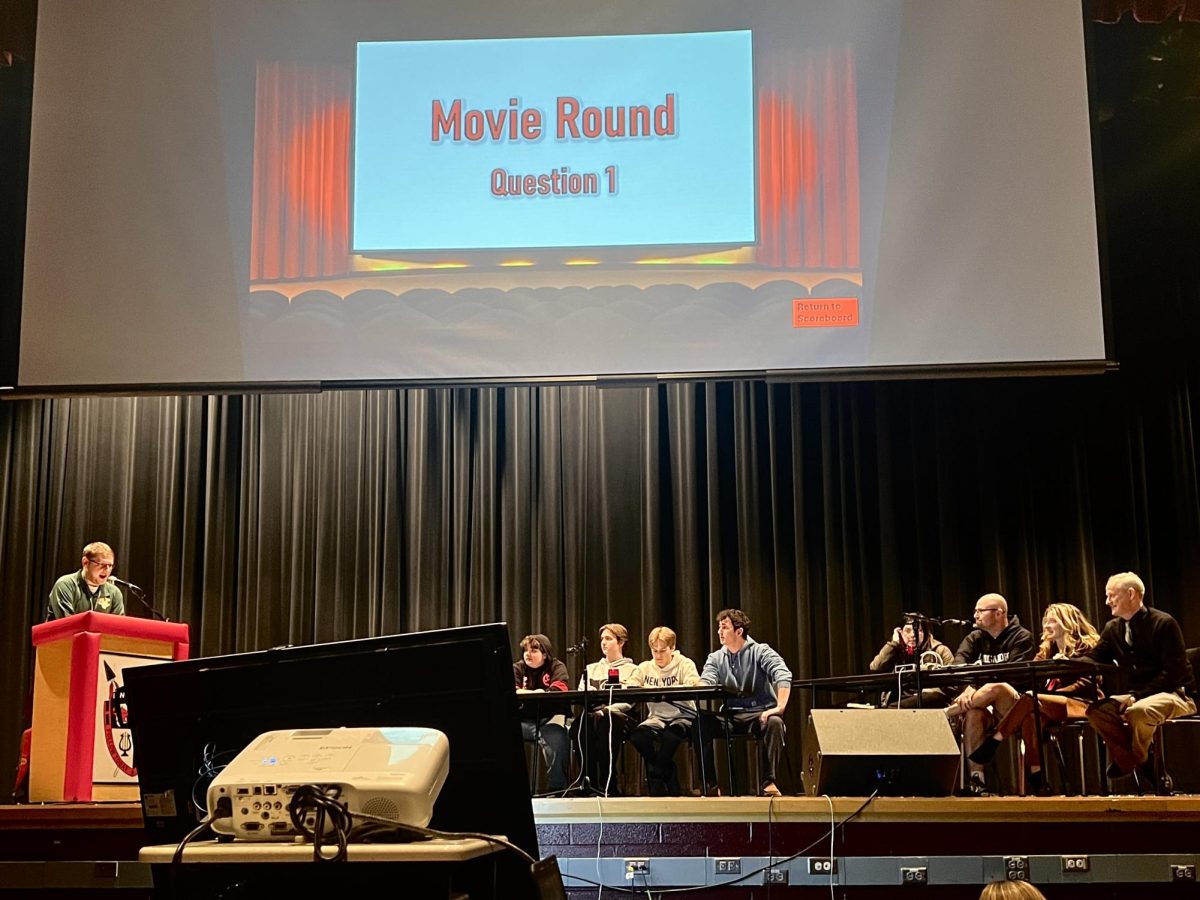There is a new epidemic spreading in the United States: the use, or misuse, of artificial intelligence (AI).
ChatGPT, an AI chatbot released in late 2022, has been a key factor in this increase in popularity. ChatGPT mimics natural human language, simulating what feels like a normal conversation. It can also be used to generate anything from essays to dad jokes within a few seconds.
According to Reuters, ChatGPT is the “fastest growing user application in history,” with 100 million active users only two months after its release.
This popularity is not lost on students. According to a study done by Pew Research Center, 1 in 5 teenagers in the US report having used ChatGPT to help them complete schoolwork. 1 in 4 eleventh and twelfth graders admit to having used ChatGPT on schoolwork.
This raises a new question for schools, however: where should the limit be?
There is no precedent yet set for limitations on AI in schools. This holds true for Frederick County Public Schools (FCPS). As a result, different teachers are developing different strategies for dealing with the issue.
Patrick Morgan, an English teacher at Linganore High School (LHS), has chosen to embrace the rapidly changing field of AI.
“Used ethically, AI is a wonderful tool,” Morgan said.
Morgan explained that certain facets of AI can be educational for students. He believes using AI to summarize material, generate topics, ask for organizational patterns, different points of view or as a study tool can be examples of ethical uses for students.
It is not only students who are finding uses for AI at school. A French teacher at Martin Luther King Jr. Middle School, Sabrina Marhuenda, has found ways to implement AI in her teaching practice.
“AI has offered me tools to create personalized learning experiences in a fast and creative pace,” Marhuenda said. “AI has freed me from long hours of research so I could concentrate on other tasks for my students, such as adapting teaching methods and creating resources.”
Marhuenda believes AI can be used for a variety of purposes in the classroom. For example, AI may be able to improve accessibility of learning for students.
“AI tools can transcribe lectures, provide real-time translation or generate content in formats accessible to students with disabilities,” Marhuenda said.
However, introducing AI in schools also poses risks. According to an article in Forbes Advisor, 65% of teachers are concerned about cheating and plagiarism in essays and other schoolwork. In addition, 62% are concerned about the lack of human interaction as technology-based learning methods take over.
Students who directly copy content from ChatGPT are the ones primarily responsible for these issues in an educational environment.
“The second we start to ‘copy and paste’ material from an AI to our own work, then we’ve crossed over into unethical use and plagiarism,” Morgan said.
Damon Norko, an English professor at LHS who teaches English 102, was open to students using AI in certain scenarios at the beginning of the year. However, after seeing the lack of interaction in his classrooms, he changed his tune.
“I think it replaces actual learning,” Norko said. “It’s a shortcut, but it’s really a short circuit. If they want to use ChatGPT later in life to create beautiful birthday invitations or whatever clever thing they can come up with, fine. But when we’re talking about fundamental learning, it’s a short circuit.
Norko believes AI “should be completely eradicated from the educational environment.”
As part of his reasoning, Norko explained his frustration when he spends his time grading what seems like the same essay over and over again.
“Teachers know a lot more than students think … It’s incredibly obvious that students use ChatGPT because the tone never changes,” Norko said.
Students who plagiarize content directly from ChatGPT are at risk. Morgan believes students who go on to attend university will struggle if they are used to plagiarizing high school assignments.
“It’s important to wrap one’s head around that now before undergrad comes along and professors have exactly 0% forgiveness or care for someone cheating,” Morgan said. “If a person (regardless of age) has essentially cheated and faked their way through something or some material they need to know … at some point, real life is going to catch up with you,” Morgan said.
Additionally, Walden University points out another downside to students relying on the use of AI to complete work. According to WU, AI models such as ChatGPT are subject to giving biased or inaccurate information.
The article stated that “The data that AI draws from may have errors, be outdated or spread misinformation. Neither students nor teachers should assume that information provided by AI is accurate.”
ChatGPT can almost instantaneously review multiple sources from across the internet and provide links with further information. While this can help users advance their research, it should be used with caution to ensure credibility.
Regardless of the differing opinions on AI, it is still a rapidly advancing and highly popular piece of technology. It is obvious that schools need to establish boundaries to address it.
A study by the Walton Family Foundation showed that a whopping 76% of teachers feel ChatGPT should be integrated into education. Many students feel positively about this shift in education, with 79% saying that ChatGPT has had a positive impact on them.
Jackson Hetrick, a student, said, “Having access to ChatGPT has allowed me to learn multiple new topics on top of what I learn in class. On top of that, I’ve been able to learn more about said topics than others have in class,” Hetrick said.
“I think ChatGPT is a wonderful resource to be able to organize your thoughts and is a prime example of us using the resources given to us,” Hetrick said. “I wouldn’t be surprised if we saw them being used as much as calculators in a math class.”
“To be cliche, [at the] end of the day for me, AI can be an outstanding tool when used ethically,” Morgan said. “It’s a matter of knowing where that line lies.”














